The Top End is one of the world’s premier areas for rock art galleries – visitors can take tours revealing the strong cultural and spiritual links between people and country. And there’s no better way to experience Indigenous culture than participating in local festivals, many of which highlight Indigenous artistic traditions. Following are some of the best Indigenous experiences to be had in the Top End.
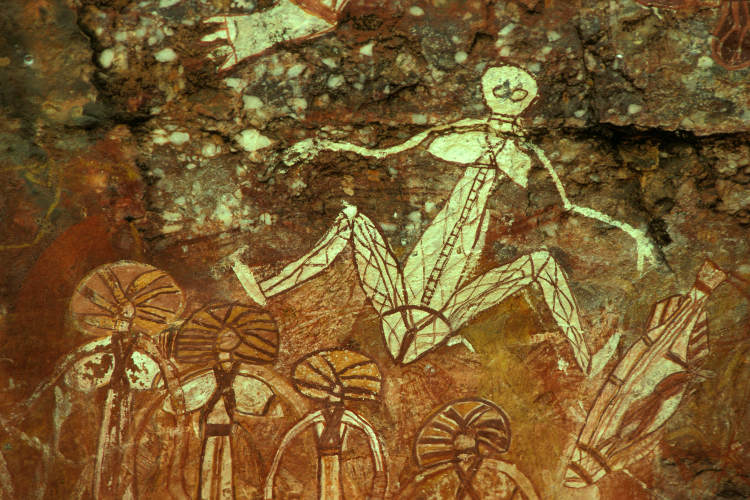
The Northern Territory is particularly rich in Indigenous culture, with evidence of the first Australians in the extensive rock art galleries. Cultural centres and Indigenous festivals provide further insight.
World-famous Kakadu National Park is one of the Top End’s largest and most accessible repositories of rock art. There are more than 5000 sites, dating back up to 20,000 years.
Two of the finest collections are the easily visited galleries at Ubirr and Nourlangie. At Ubirr visitors can stroll between sites and admire images of kangaroos, tortoises and fish painted in X-ray, as well as the older paintings of mimi spirits – it’s believed they were the first of the Creation Ancestors to paint on rock.
The annual Mahbilil Festival, which celebrates Indigenous culture at Lake Jabiru each September, also takes place at Kakadu.
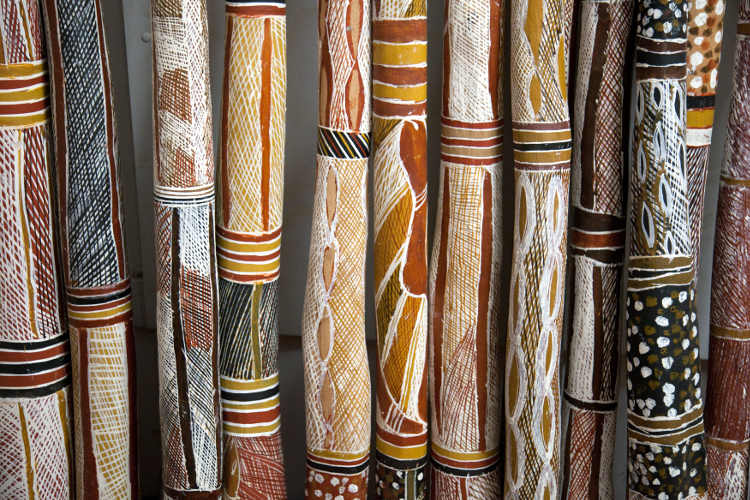
Well respected art comes out of Eastern Arnhem Land, including bark paintings, carved mimi figures, yidaki (didgeridoo), woven baskets and mats, as well as jewellery. Buku Larrnggay Mulka Art Centre & Museum, located 20km southeast of Nhulunbuy in Yirrkala, is one of the best places to see the region’s artworks.
If you’re in the area don’t miss the Garma Festival in August, a celebration of Yolngu culture and one of the most significant regional Indigenous festivals.
Godinymayin Yijard Rivers Arts & Culture Centre is an excellent arts and culture centre in Katherine which showcases the stories of Aboriginal people and their art.
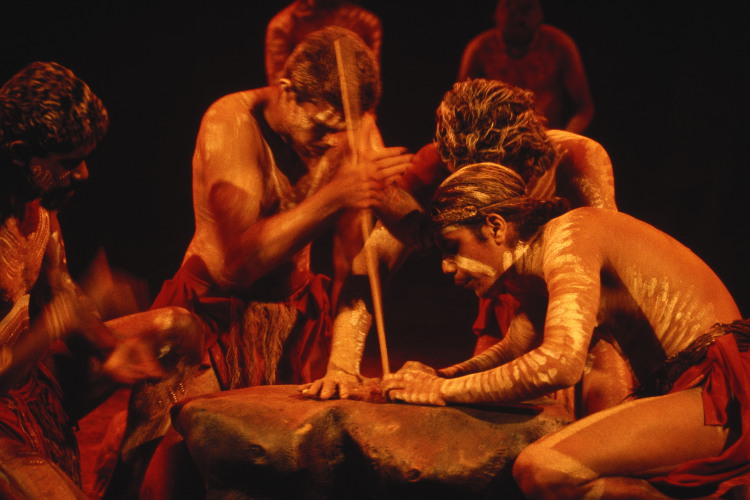
Far northern Queensland and Cape York Peninsula have had thriving Indigenous communities for thousands of years. Rainforests and rock art make for a unique cultural experience.
Relaunched in 2015 after extensive redevelopment, the Tjapukai Aboriginal Cultural Park in Cairns tells Indigenous stories through live performances and animation in a stunningly redesigned interior; it also offers new tours.
In northern Queensland the Quinkan art galleries on the Cape York Peninsula are among the best known in the Top End (the most accessible are the Split Rock galleries). Many creatures are depicted in the rock including spirits. The Quinkan & Regional Culture Centre provides interpretative displays and tours of the rock art.
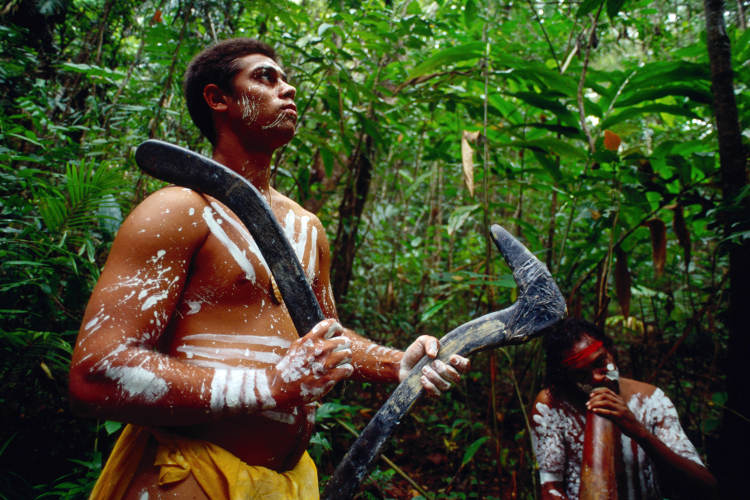
The Daintree National Park – a World Heritage Site – has one of the Top End’s best opportunities for visitors to gain insight into Australia’s Indigenous people and their unique relationship to the environment. The lush rainforests of Mossman Gorge give up their secrets on the Dreamtime Walks, conducted by the Kuku Yalanji people. The Indigenous ecotourism centre here has a gallery displaying local Indigenous artwork.
If you’re in this section of the country, check with local tourist offices to see if Black’s Palace is open to the public. It dates back around 4000 years and contains about 10,000 rock art stencils (making it Australia’s largest site for stencil artwork). It is currently on private land but its traditional owners, Bidjara people, are keen to see it open to the public.
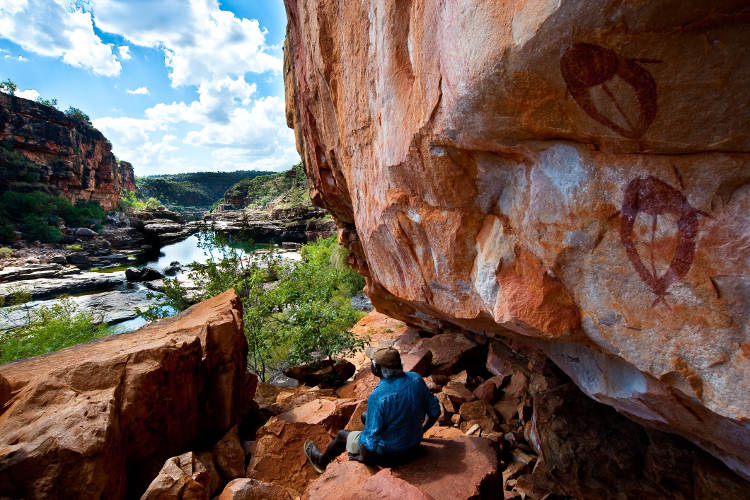
Western Australia’s northern outpost is isolated and possibly one of the last great wildernesses left on the planet. There are opportunities to interact with Indigenous Australia through art, language and Aboriginal-run tours.
Magabala Books, located in the multicultural, former pearling town of Broome, is Australia’s oldest independent Indigenous publishing house. It supports and contains a wide range of works by Indigenous authors. Profits feed back into preserving, developing and promoting Australian Aboriginal and Torres Strait Islander cultures.
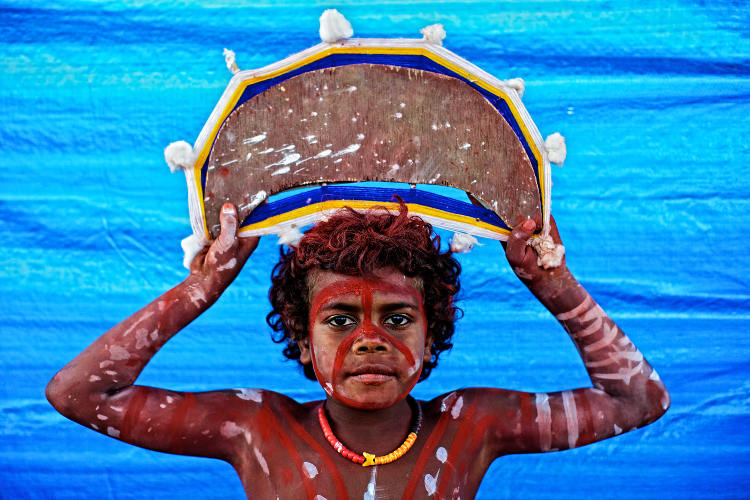
The Kimberley region is one of the greatest galleries of ancient rock art in the Top End, and also one of the oldest. Two of the better known styles of art in this area include the Wandjina and the Bradshaw. The Wandjina are the shadows of ancestors – large mouthless figures in headdress. The Bradshaw are much older (10,000 to 30,000 years), their significance and creators lost in the mists of time.
Uptuyu and Wandjina are Indigenous tour operators that showcase the best of the Kimberley’s heritage.
Mowanjum Art & Culture Centre, found just outside Derby, also has an excellent online art gallery and conducts a festival in July celebrating Indigenous culture in the Kimberley.
If you have an interest in language, check out the Kimberley Language Resource Centre , which protects and promotes the local languages of the Kimberley.
Yarliyil Gallery is dedicated to the ethical production and sale of Aboriginal art. Many of the fine artworks are represented in its online gallery.
There are many other worthwhile Indigenous experiences in Australia’s Top End. Drop into local visitor information centres and have a look at indigenousaustralia.info to get started.